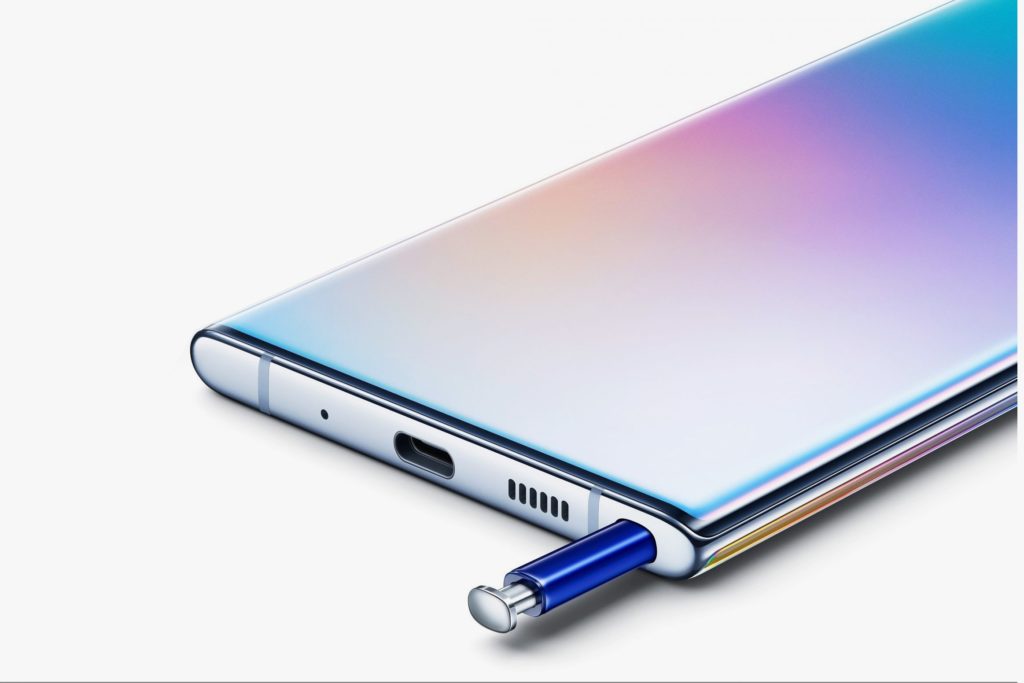USB-C Has Finally Come Into Its Own
“The port of the future” has become the port of right now—with one big exception….


The Surface Pro 7. The Kindle Fire HD 10. The PlayStation 5. All major gadgets announced or detailed this week, each with a bevy of enhancements. But more important than any of those flagship products on its own is the fact that together they embraced something their predecessors did not: USB-C.
You know USB-C. If you own a premium Android smartphone, chances are you’re already using it. But its ubiquity otherwise has been slow in coming. WIRED and others first anointed USB-C as “the port of the future” in 2015, when Apple’s entry-level, 12-inch MacBook introduced it to the masses. That’s well over four years ago, a long time in the tech world—so long, in fact, that said MacBook has since been discontinued.
Now, though, USB-C has claimed its rightful place. “USB-C has become the industry standard for about every personal computing and connectivity device,” says Patrick Moorhead, founder of Moor Insights & Strategy. That “about” includes some notable exceptions—the iPhone, mostly—but otherwise, including USB-C has finally become the default.
The reason for USB-C’s ascent is simple: It’s just better. It can charge both ways, letting you use a laptop to power your smartphone, for instance. It can also charge fast, pumping 18W to your device to get you from empty to 80 percent full in only an hour. It can transfer data at blistering speeds of up to 10 gigabits per second—and eventually much faster, as Intel’s Thunderbolt protocol converges with USB4. It can power video to external displays. And it’s reversible, meaning it works whichever way you plug it in.
Even so, the road has been bumpy. Just because USB-C can do all these things doesn’t mean that it always does. Take charging. While the body that governs USB protocol, the USB Implementers Forum, sets a Power Delivery standard, manufacturers have come up with their own unique implementations as well. Qualcomm has Quick Charge, Samsung has Adaptive Fast Charging, and so on. The result, as nicely detailed by Android Authority earlier this year, is a landscape where you’re never quite sure what you’re going to get, especially once you reach for a third-party cable. Your phone will still charge, just not as fast as advertised if all of the involved components aren’t built for the same spec. And in extreme cases, some dodgy cables have been capable of frying devices altogether by drawing too much power for a specific task.
The situation has improved over time, but it’s still something of a tangle. To know exactly what you’re getting, you’re best off sticking with the USB-C cable that comes in the box. If you need a replacement, either get it straight from the same manufacturer, or something with clear labeling from a reputable vendor like Amazon or Monoprice.
It’s an issue that the USB-IF readily acknowledges. “There were definite growing pains and differences on OEM implementations during the initial USB-C industry ramp,” the group said in a statement to WIRED, “but we expect that as the adoption of USB Type-C products and USB Power Delivery continues to increase the market will guide [manufacturers] toward a common implementation.” Which feels like another way of saying that eventually enough people will complain loudly enough that the problem will fix itself. USB-IF can’t force every manufacturer to get on the same page, but they could have made the text more legible from the start.
In its statement, USB-IF pointed to the USB Audio Device Class 3.0 specification as an example of its successful clean-up efforts, although that example also underscores just how bad the problem was. In the early days, USB-C headphones weren’t universal by default; some manufacturers actually sold USB-C earbuds that were only compatible with specific smartphone brands. The current availability of a standardized approach is great, but would have been even better if it were there from the outset.




